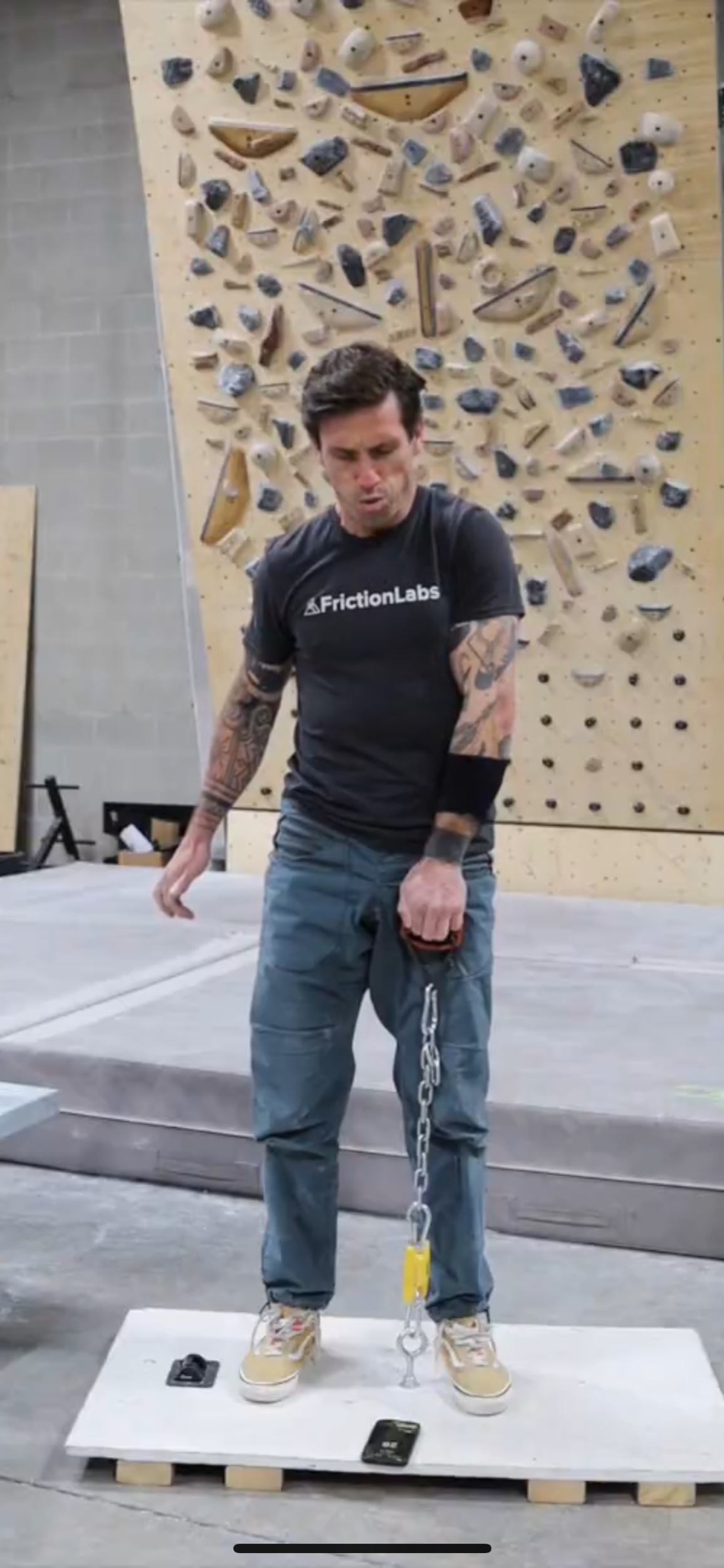Upper Extremity Testing / Training Course (8/2/25 8-11:00am MST)



Upper Extremity Testing / Training Course (8/2/25 8-11:00am MST)
Climbing / Rehab Performance Testing – Evidence-Based, Practical, and Evolving
There’s more information than ever on how to test a climber’s physiology—but the most recent scientific reviews agree: there are more reliable methods than others. This course cuts through the noise and gives you the most up-to-date, practical recommendations for assessing climbing physiology based on current research and field-tested methods.
What You’ll Learn:
In this recorded, live Zoom course, we’ll walk you through how to build a comprehensive testing system for climbers using modern tools like the Tindeq Progressor, Vitruve Encoder, and NNOXX muscle oxygen sensors.
You’ll need access to:
A Tindeq Progressor or similar strain gauge (e.g., ForceBoard)
A no-hang edge or device that can be mounted overhead and on the floor
(Optional) Vitruvefit encoder and NNOXX SmO₂ monitor for additional data tracking
Key Topics Covered:
🔹 Maximum Strength Testing
Learn how to distinguish between yielding vs. overcoming isometrics
Understand what force discrepancies mean in practice
Explore expected adaptations from each type
Review scientific findings, practical tools, and how to implement them into training
🔹 Rate of Force Development (RFD) & Power Testing
Break down the difference between RFD and power output
What separates elite climbers from beginners, physiologically?
How quickly should athletes access a percentage of their max?
Use Tindeq + Vitruvefit to assess and improve this performance domain
🔹 Finger Endurance Profiling
Understand the difference between anaerobic power, anaerobic capacity, and critical force
Use SmO₂ data and strain gauges to test and train specific endurance qualities off-the-wall
📅 Course Details
Date: August 2, 2025
Time: 8:00–11:00 AM MST
Format: Live Zoom session (recorded for later access)
This course is designed for climbing coaches, rehabilitation professionals, and serious athletes seeking to gain a deeper understanding of how to effectively test what matters, track genuine progress, and train more effectively.
